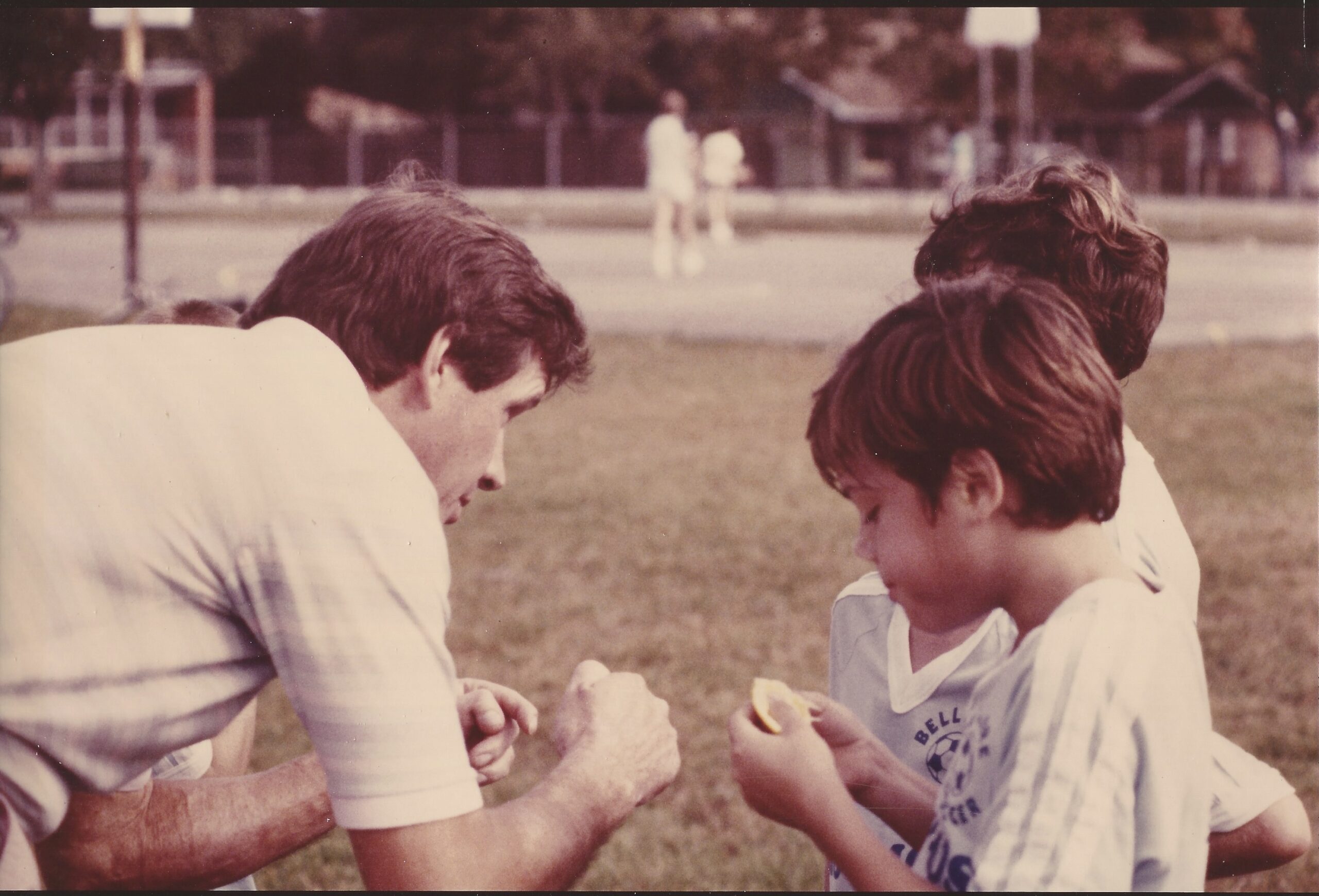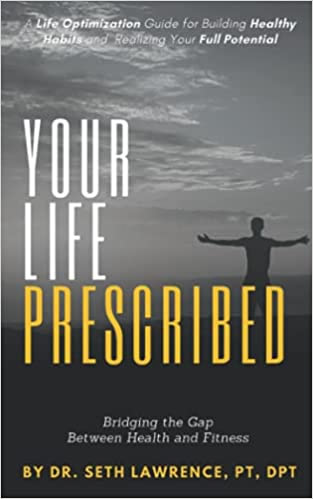In my 12 years of clinical experience and over 20 years in the health and fitness industry, I have dealt with all kinds of personalities, body types, and fitness levels. While every patient is different and unique, I see a lot of the same underlying causes of injury. Most injuries come from a lack of, or outdated knowledge. This is why I wanted to share some not so common knowledge with the not so common individual… you.
I am going to start with a list, which I refer to as the Components of Fitness Model. This is my list of the things that I believe will bridge the gap between health and fitness, and will ultimately lead to living a balanced life in your attempt to achieve wellness, (whatever your definition of that may be). Please take into consideration that health and fitness are not the same thing. The term “health” refers to a lack of sickness and disease. “Fitness” however, is the state of wellness and the ability to function optimally. Function is different for all of us. Some may want to perform at a high-level in sport and others may just need to pick-up their two year old twins at the same time.
The Components of Fitness Model has 6 equal parts: Nutrition, Cardiovascular Health, Strength, Flexibility, Mobility and Proprioception (the body’s awareness of where it is in space, e.g. walking without looking at our feet). What people do not understand, may not know, or simply take for granted is that we must take into consideration all aspects of this model in order to become healthy and/or fit.
Humans are made to hunt and forage, and move. We are not made to sit in front of a computer all-day. We are amazing beings in that we adapt to the forces that are applied to our bodies. If we lift weights, then we get stronger muscles. If we write excessively, then we get a callus on our finger. If we sit all-day everyday (like most of us do), we become better “sitters” if you will. Our body adapts to this box we put ourselves in. We get tighter and tighter the more we sit. Some of us choose to go to the gym and work on strength, which makes us even tighter. Some of us will focus on cardiovascular exercise, which makes use of tight muscles that will no longer allow movement through a full range of motion (ROM).
What I have noticed while treating patients in the clinic is a gross neglect to get out of our box. Mobility and flexibility will allow us to do just that. I understand these two aspects of fitness are not the most entertaining. Mobility down right hurts and the concept of self-preservation keeps us out of danger and pain, but we are tight for a reason and through consistency, not intensity, our muscles will get more and more pliable and the rolling will hurt less and less. I am not going to be able to perform a one-arm pull up if I foam roll (mobilize/massage) my bicep, but what I will be able to do is reach the bar without shoulder pain, and that is where I want you to start.
If I massage my muscles and stretch to allow myself to achieve full ROM, then I give myself a better chance to succeed at whatever activity I am choosing to perform. By fueling my body with “real food”, I give myself an opportunity to recover more optimally and allow myself the opportunity to perform at a higher level, whether at work or in the gym or with my kids. Strategic functional strengthening gives me the ability to move well and function using that energy efficiently.
Using the Components of Fitness Model will guide us and keep us on track to achieving our health and fitness goals. It will limit injury and maximize progression. That is what will keep us motivated to continue working on ourselves so that we can give 100% to whatever life throws at us. We will be talking about each individual Component of Fitness more in depth soon, as well as some strategies on goal setting and thought process as you continue to incorporate and make health and fitness a priority in your life.




